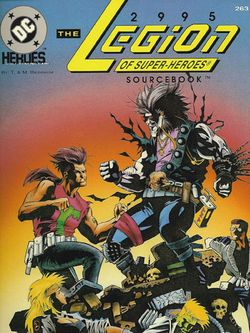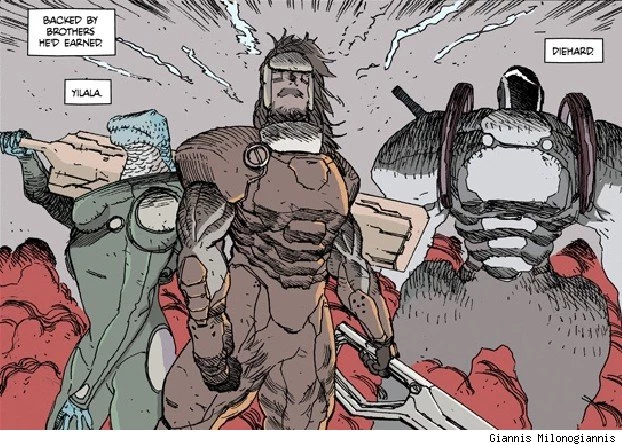There is a vast desert, a creation of the Great Wars, where ancient, giant war machines decay into the poison dust. Limbs rust-ravaged and twisted; ichor clotted in their arteries, they look dead. Their energies are long spent, but the machines aren't dead. A power source can awaken them from their millennia-long slumber. They once ran on energy distilled from the bones of gods, but the machines are versatile. Even blood will do.
The cults that worship them with sacrifices and the sorcerer's that seek to control them agree the machines can be made to serve, but all if the proper incantations, called "command codes" are uttered. Even knowing the proper incantations, commanding an ancient war machine is not without it's perils. The spells of the ancients that bond them to service have faded over time, and the war machines have become more willful, if no less violent.
[Hey, kids! Want to randomly generate your own giant war machines? Just use Jack Shear's Random Automaton Generator and embiggen the damage on account of giantness. Also, you might want to replace the "humanoid" rolls on the chart with some of the other body shapes suggested in the comments.]
5 hours ago
























































